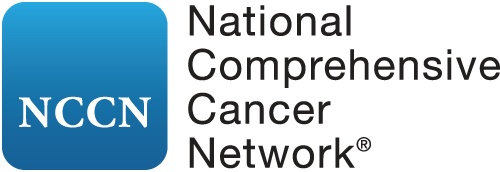EHA25 Virtual: First-Line Ibrutinib/Venetoclax Combination in CLL
Posted: Monday, June 29, 2020
The tyrosine kinase inhibitor ibrutinib, in combination with venetoclax, may prove to be an effective chemotherapy-free treatment regimen for patients with chronic lymphocytic leukemia or small lymphocytic lymphoma (CLL/SLL), according to the phase II CAPTIVATE data presented during the virtual edition of the 25th European Hematology Association Annual Congress (EHA25 Virtual; Abstract S158). “The safety profile of ibrutinib plus venetoclax was favorable, with a low rate of discontinuation due to adverse effects and 90% of patients completing all planned treatment,” reported Tanya Siddiqi, MD, of the City of New Hope National Medical Center, Duarte, California, and colleagues.
A total of 164 patients with CLL or SLL were enrolled in the study. All patients were previously untreated for their disease and were dispersed into several subgroups, including those with del(17p), del(17p) or TP53 mutation, del(11q), complex karyotype, and unmutated IGHV. Patients received 3 cycles of ibrutinib followed by 12 cycles of the ibrutinib (420 mg/day) and venetoclax (400 mg/day). Every three treatment cycles, patients’ progress was assessed.
The investigators found undetectable minimal residual disease response in the peripheral blood (75%) and bone marrow (72%) of patients with CLL. Increased undetectable minimal residual disease responses were found in the bone marrow of all patients, regardless of their specific subgroups: those with del(17p) at 75%, those with del(17p) or TP53 mutation at 70%, those with del(11q) at 70%, those with complex karyotype at 83%, and those with unmutated IGHV at 81%. A total of 90% of patients with a high risk of tumor-lysis syndrome at baseline were downgraded to medium/low risk after just three cycles of ibrutinib alone.
In addition, adverse effects experienced by patients included neutropenia (35%), hypertension (7%), thrombocytopenia (5%), and diarrhea (5%). Moreover, at a median follow-up of 14.8 months, the objective response rate for patients with CLL was 97%.
Disclosure: For full disclosures of the study authors, visit library.ehaweb.org.



